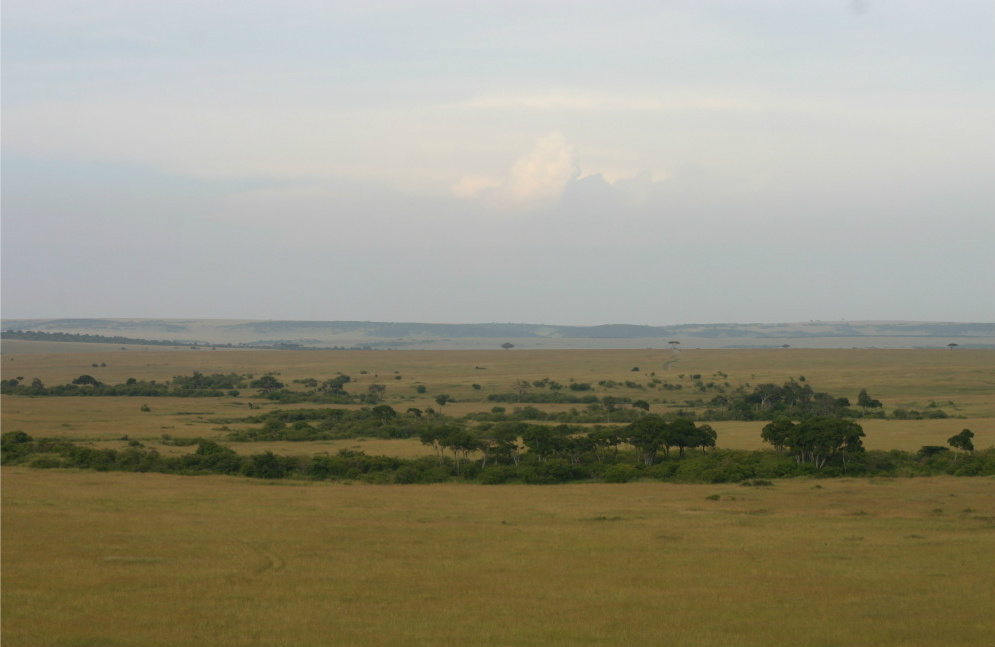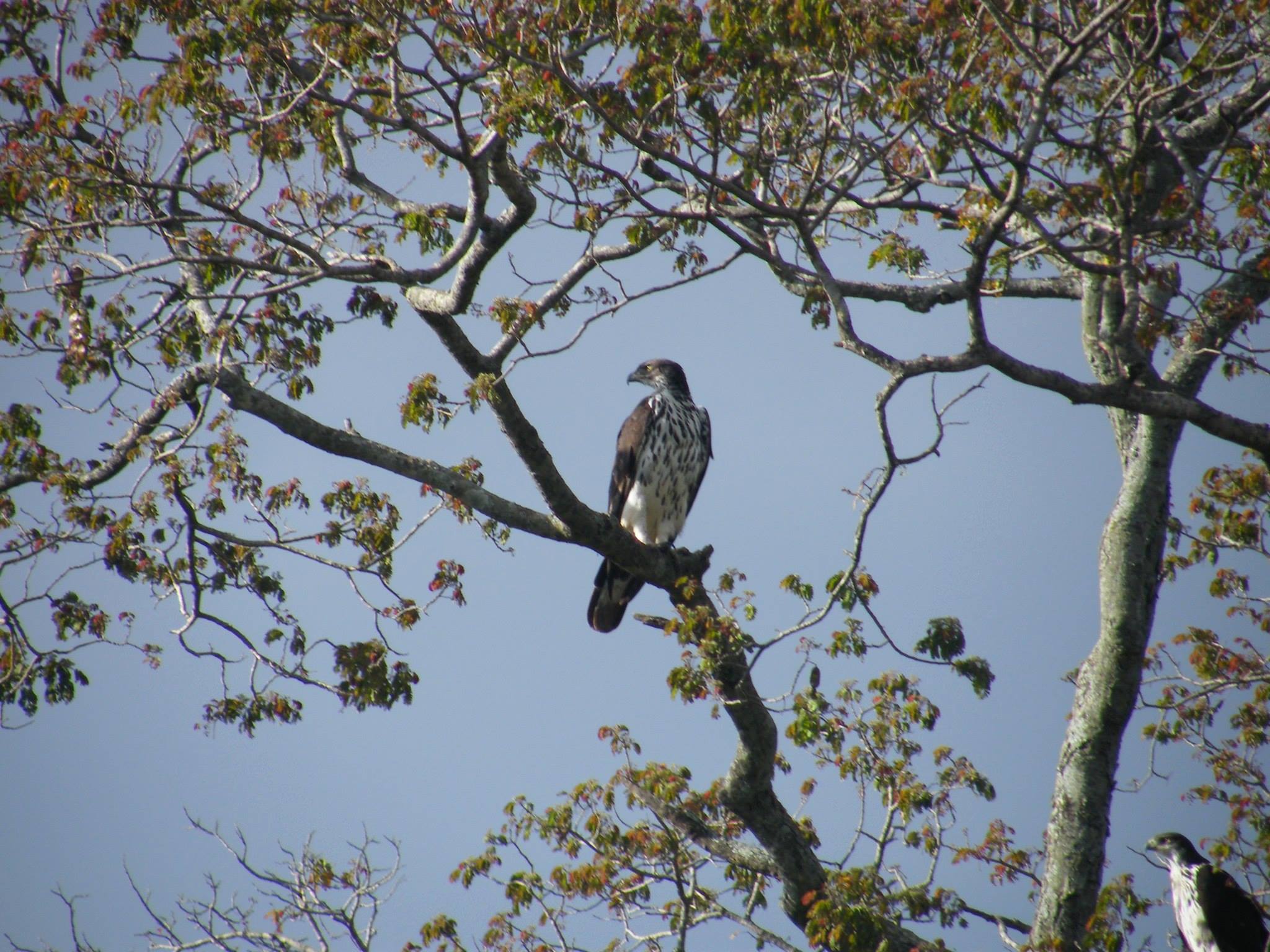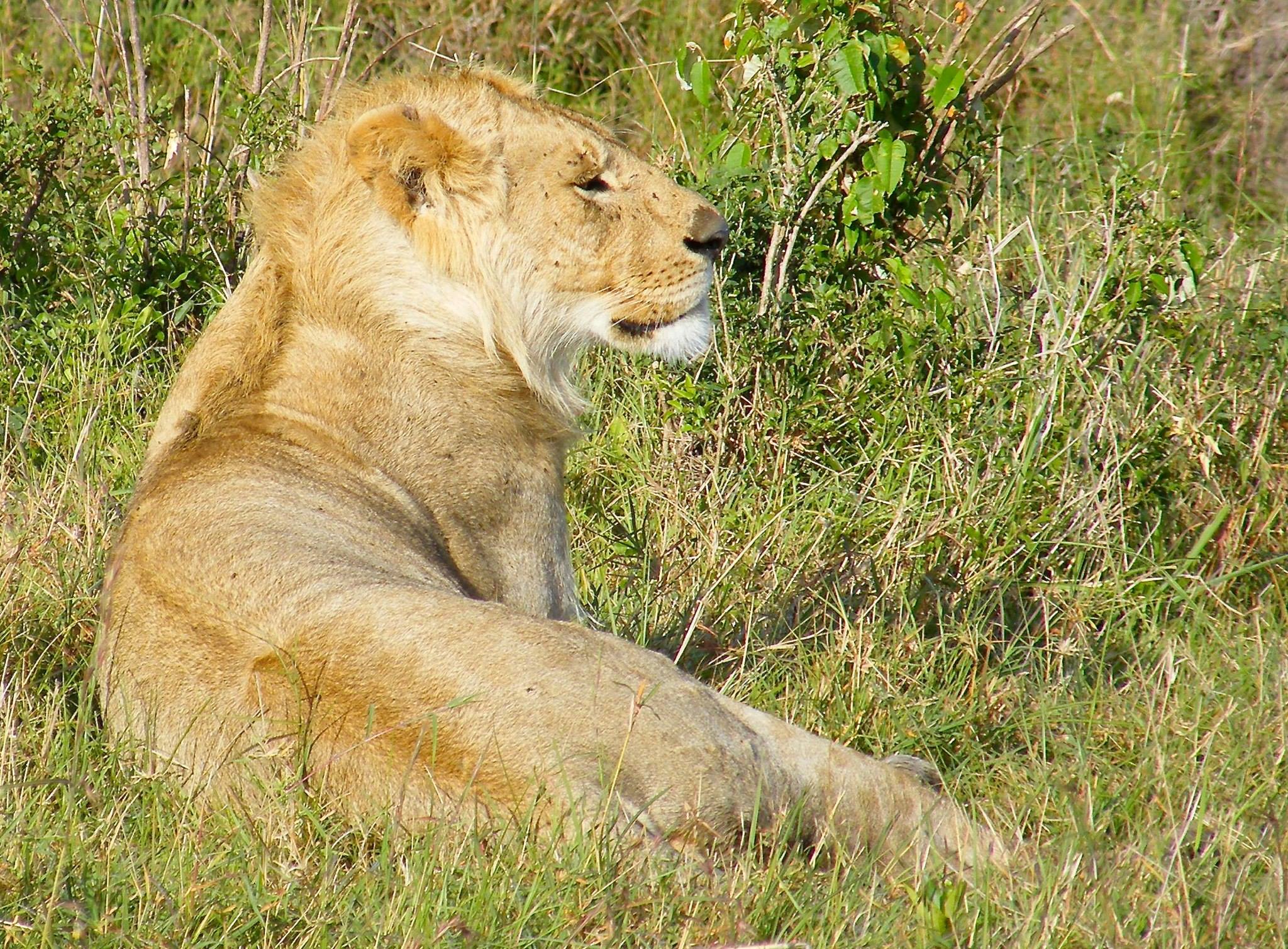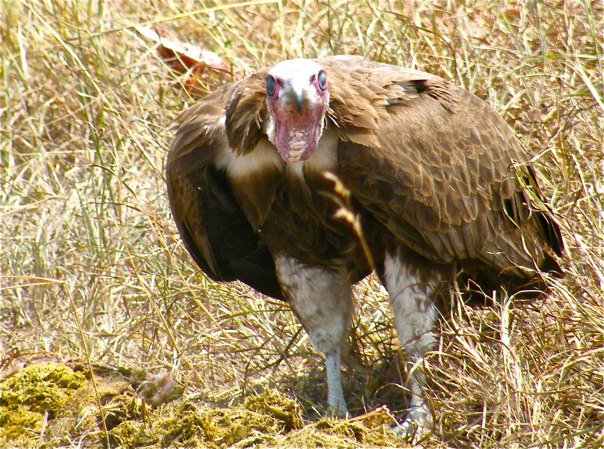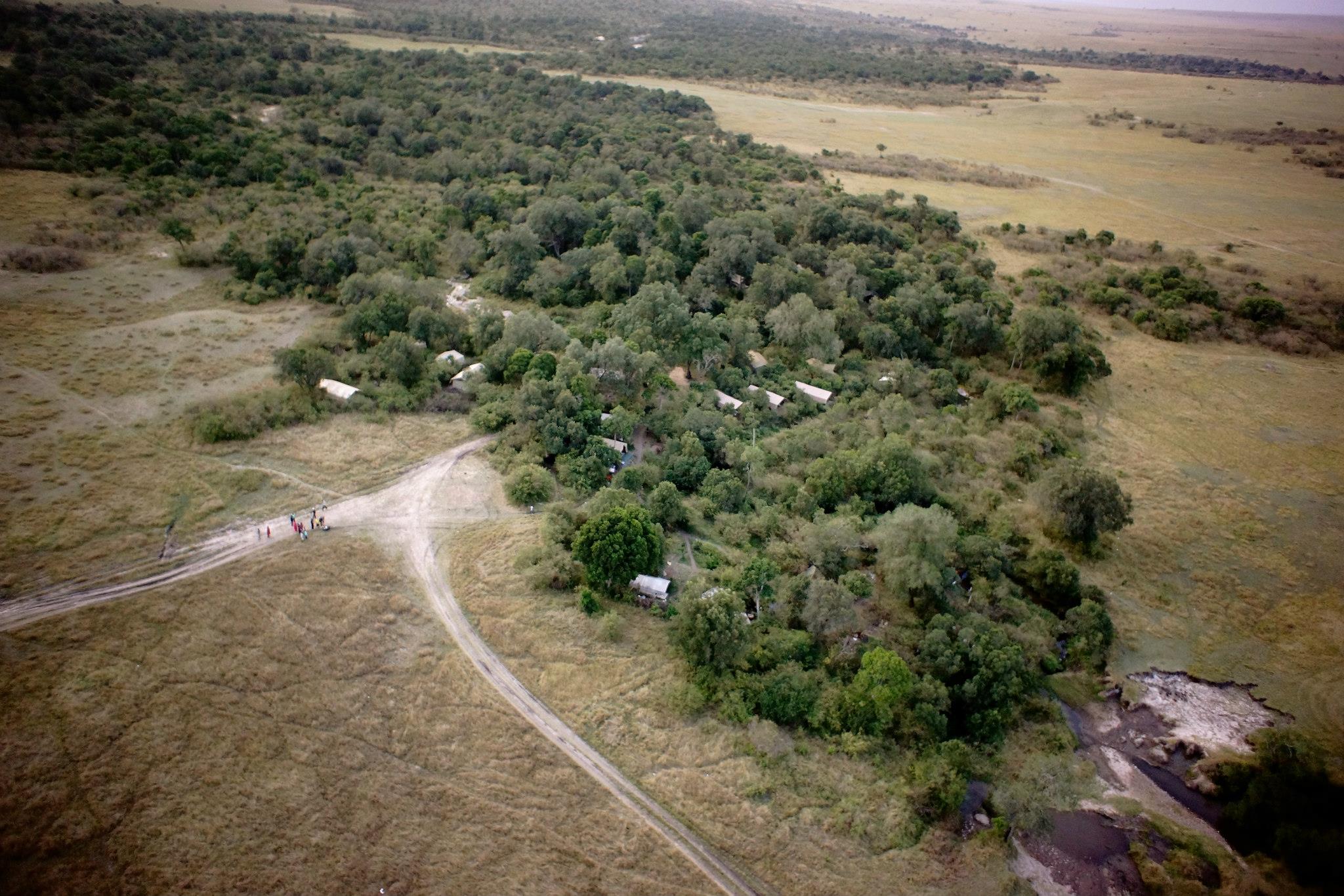The Masai Mara National Reserve. The very reason why I fell in love with Africa. The very reason why I was determined to go back; and I did just that. There is simply nowhere else on this planet like it. It's relatively small size (about the size of Rhode Island), high concentration of predators, and vast herds of animals have earned it the title of Africa's #1 safari destination. To put it simply, if you had to pick one place in Africa for your dream safari, the Mara would be at the top of that list. To be able to film there was a dream come true. I was so fortunate to join raptor biologist and Africa Programs Director, Dr. Munir Virani and his field assistant, both of whom are from the Peregrine Fund. Our mission: To bait, trap, and band/attached GPS units to vultures for research purposes. Recently their numbers have plummeted by over 60% in the Mara, mainly due to poisoning. Dr. Virani and his team collect data from the banded birds, which show their large home ranges and areas where they are most at risk. Like the previous mini-episodes of "This is Africa", so much could not be included in the final product. So, here are my notes from the field to give you more of an idea of what the Mara was really like. Enjoy.
September 2
I always enjoy the drive to the Mara. Most people complain about the 6 1/2 hour journey from Nairobi; I personally love it.
The dirt roads were pretty bad. I have to hand it to Munir for his driving. You have to concentrate every second. One mistake on the road and you'll end up in a ditch. The sad thing that gets me every time, is that the area was once home to so many animals including wild dog and cheetah. Now, it has been completely taken over by wheat fields and livestock.
There is an area you hit along the way where you can make out the flat, spotted landscape of the Mara. I was home. I was back.
September 3
Last night we were visited by a noisy, little creature. I could hear it running up and down our porch, back and forth. It would scamper over to my side of the tent, then back to the opposite end. I thought to myself: What in the heck was this? I tried finding the torch to go investigate. Sadly, I couldn't find it. It was cool though, going back to bed listening to the creatures of the night. I told Munir that morning. He said it was more than likely a bush baby, a small nocturnal primate.

Today would mark the beginning of our early mornings in the Mara. Everyone was on the lookout for birds. We would scan the skies, look in trees, and scour the ground. I actively participated trying to spot birds...Most of the time though, my "birds" would turn out to be stumps or branches! Why I didn't get contacts before my trip I'll never know.
There is a bird I would learn to love to spot: The African hawk-eagle. Why? Because for some strange reason every time you see one, there are always lions close by. The hawk-eagle sighting did not disappoint; a few feet from the bird there was a small mob of white, tourist vehicles around croton thickets, a sure sign of lions. I was so excited! I love the big cats. That's my true passion and a major reason why the Mara is so special to me.
We had come across the Ridge Pride. I had seen two of their members back in January. Both were extremely skinny and had struggled for months trying to find resident prey. Seeing them today was a different story. With the herds back, these were the good times for the Ridge Pride. With their bellies stuffed, they laid sprawled out underneath the croton bushes. I hold a special place for these lions; they were in fact the first wild lions I ever saw in Africa.
Driving around the Mara, our main goal was spotting Birds of Prey; vultures in particular.
We also searched for the herds of wildebeest. Where there are herds, there are bound to be carcasses. We need the carcasses for bait to trap the vultures. You would think there would only be one massive herd of wildebeest. It's quite the contrary. They are fragmented throughout the park; some big herds, some small. Grazing with the wildebeest are thousands upon thousands of zebra. They were everywhere!
Driving along we came across a vulture on the ground. Sometimes vultures become so stuffed with food, they can't properly take off and fly. Munir began to prepare the capture technique and instructed me not to film. I was a little confused. How were we going to make a documentary about Munir and his efforts saving vultures if we couldn't film the capture technique? It turns out it's for the vultures safety: Because they are so threatened and vulnerable, the last thing the Peregrine Fund or Munir wants is poachers or people out there knowing how to capture them.
The afternoon sun was taking its toll and with my face becoming brighter than a tomato, we decided to head towards our new camp. I also found out the morning is the only good time to capture vultures. Once the afternoon hits, the birds are stuffed and sluggish. They spend the rest of the day perched in a tree or on a termite mound digesting their food.
The camp we were headed to was located right smack-dab in the middle of the Mara. This would be a complete new experience for me. I had always stayed outside the park, now I was right in the middle of all the action! We steadily approached a cluster of trees. I had no idea where we were going! There were no signs, no indication of a camp at all; only a dirt road leading deep into the forest...We had arrived at Matira Bush Camp.
This camp would be our home for the next four nights. This was the true African bush experience! This was the real safari. There was no way in hell I would walk around this place at night. Buffalo, hippo, hyena, lion, and leopard all pass through camp on a regular basis. There is also a herd of elephants that occasionally stop by. How exciting!
We set out for a late afternoon safari. The sky was covered in dark thunderclouds and the air was cool. Minutes into our drive we received the first drops of rain. I tried taking in every single second in the Mara. The air smelt of fresh rain and the sweet smell of grass. I felt like I was home...We saw a cluster of white mini-vans around some croton bushes. It was quite a large congregation of vehicles, indicating they may have found cheetahs! What were they looking at? Munir took out his binocs....They weren't looking at cheetahs...
My heart started racing. We slowly approached and there he was. You could see his golden mane and masculine face right through the red oat grass. That was it. This was a real, wild male lion. Moments like this in the Mara make me feel so alive....



